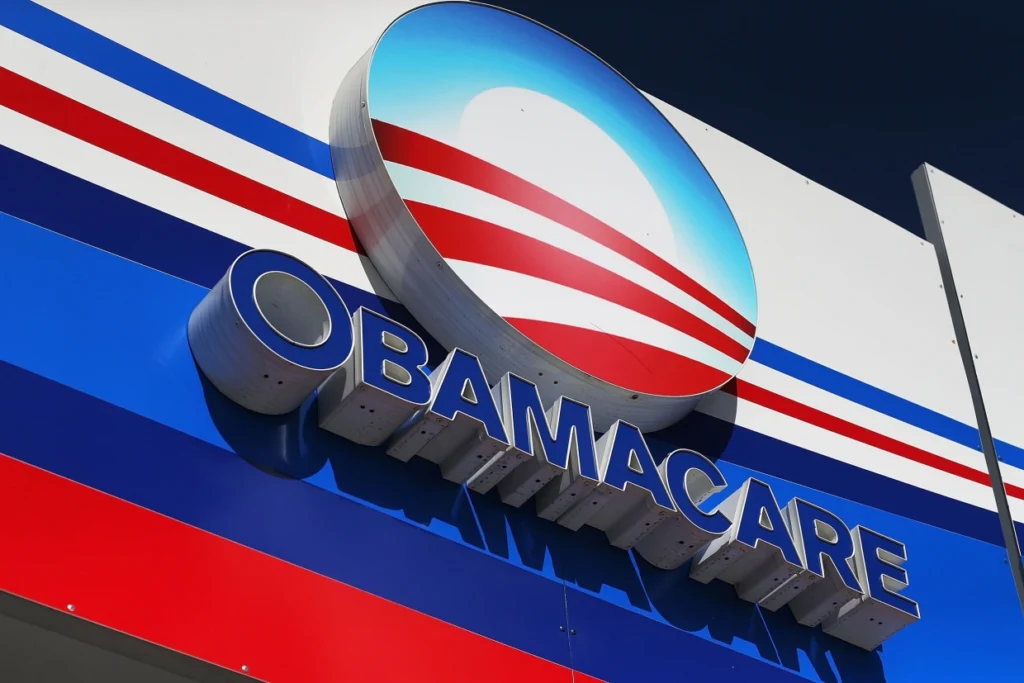Every fall, as millions of Americans begin the annual scramble for health insurance during open enrollment, they turn to the internet for clarity. They type a simple phrase into Google—Obamacare, Affordable Care Act insurance, health marketplace, cheap health plans—expecting to find the official federal exchange or their state’s health marketplace. Instead, many are being routed into a maze of misleading advertisements, telemarketer-run call centers, and websites selling what experts bluntly call junk insurance.
This growing problem, once a background annoyance, has now risen to the level of a structural threat to the integrity of the Affordable Care Act. What was designed as a reliable pathway to comprehensive coverage is increasingly being overshadowed by a parallel ecosystem of sketchy intermediaries who exploit confusion, desperation, and online advertising loopholes to steer consumers away from legitimate plans.
The consequence is not simply inconvenience—it is lost coverage, unexpected medical bills, and shattered trust in a system meant to protect people from financial ruin.
The dynamic at play reflects a deeper tension in the American healthcare marketplace. The ACA was built on the premise of transparency and regulated standards: essential benefits, guaranteed coverage, and protections for people with pre-existing conditions. Junk insurance plans, by contrast, exist in the shadows of regulatory gaps. They offer low premiums and high promises, but they often fail to cover basic medical care, impose strict caps, or deny claims outright. Their business model depends on misunderstanding—and during open enrollment, the digital environment gives them unprecedented access to confused consumers.
Google search results have become the frontline of this battle. Years ago, searching “Obamacare” or “ACA enrollment” reliably brought users to HealthCare.gov or a state exchange. Today, the top results are frequently dominated by paid ads that resemble official government links but redirect users to private brokers or third-party call centers. Many of these ads are purchased by marketing firms whose only goal is to collect leads—phone numbers and emails that they can sell to telemarketers. Once captured, consumers are bombarded with aggressive sales pitches, pressured to sign up for short-term limited plans, fixed-indemnity products, or so-called “health-sharing ministries.” These products are rarely comprehensive and often exclude the core protections enshrined in the ACA.
The rise of this shadow marketplace is not accidental. Telemarketers and lead-generation companies have discovered that open enrollment is their most lucrative season. They exploit ambiguity—especially the fact that Obamacare is not a governmental brand but a political nickname. Because HealthCare.gov does not own the rights to that term, private brokers are free to bid on ads using it. When consumers search for “Obamacare insurance,” they are not protected by any federal requirement that official marketplaces appear first. The result is a digital environment where the official route to insurance is buried beneath a paid labyrinth of misleading alternatives.
This phenomenon has been amplified by economic pressures. Americans confronted with rising living costs are highly sensitive to monthly premiums. Junk plans exploit this vulnerability by advertising deceptively low prices—sometimes as little as $20 or $40 per month—without explaining the exclusions that leave users exposed in emergencies. For healthy individuals, these plans appear appealing. But one accident, diagnosis, or unexpected hospitalization reveals their true nature: they are not health insurance at all. They are financial hazards.
The impact on consumers is profound. People who believe they have purchased ACA-compliant plans discover too late that their coverage does not meet minimum essential standards. They face surprise bills, denied claims, or outright cancellations. Many only learn the truth when a medical provider tells them their plan does not qualify as real insurance. In some cases, individuals who thought they were fulfilling their legal responsibility to carry coverage end up uninsured, undocumented in the system, or facing penalties for gaps.
Health policy experts warn that this trend undermines the foundational goal of the ACA: to provide accessible, comprehensive, and understandable coverage. When Americans cannot distinguish legitimate insurance from misleading alternatives, confidence in the healthcare system erodes. Worse, the proliferation of junk insurance siphons healthy individuals away from regulated marketplaces, weakening risk pools and increasing premiums for everyone else.
Regulators have begun to take notice. Consumer protection agencies have flagged deceptive marketing tactics, and some states have tightened rules around short-term plans. But enforcement remains inconsistent, and online advertising platforms often fail to filter misleading promotions effectively. As long as search algorithms can be manipulated by firms seeking profit rather than transparency, the ACA’s promise of clarity remains compromised.
The broader issue reflects a tension unique to the American healthcare landscape: the coexistence of a regulated public marketplace and an unregulated private advertising ecosystem. The former aims for fairness and protection. The latter responds to incentives that reward volume, not accuracy. Without stronger intervention—through advertising rules, penalties for deceptive marketing, or better consumer education—the imbalance will persist.
What makes this problem particularly urgent is its stealth. Most Americans assume that online search results reflect legitimacy. They trust that entering a phrase like “Obamacare enrollment” will lead them to the right place. The discovery that the digital marketplace is more chaotic—and more predatory—than they realized is both unsettling and dangerous.
Open enrollment is supposed to be straightforward. It is supposed to be a time when Americans can evaluate options, compare benefits, and secure coverage that protects them from the unpredictability of illness or injury. Instead, it has become a season of confusion, misdirection, and risk—one where too many people are led astray by advertisements that mimic authority but deliver no real security.
The future of American healthcare depends not only on policy but on access to accurate information. As long as junk insurance ads overshadow official exchanges, the gap between what the ACA promises and what people actually experience will continue to widen. The first step toward restoring trust—and protecting consumers—is ensuring that when Americans seek real coverage, they can actually find it.



